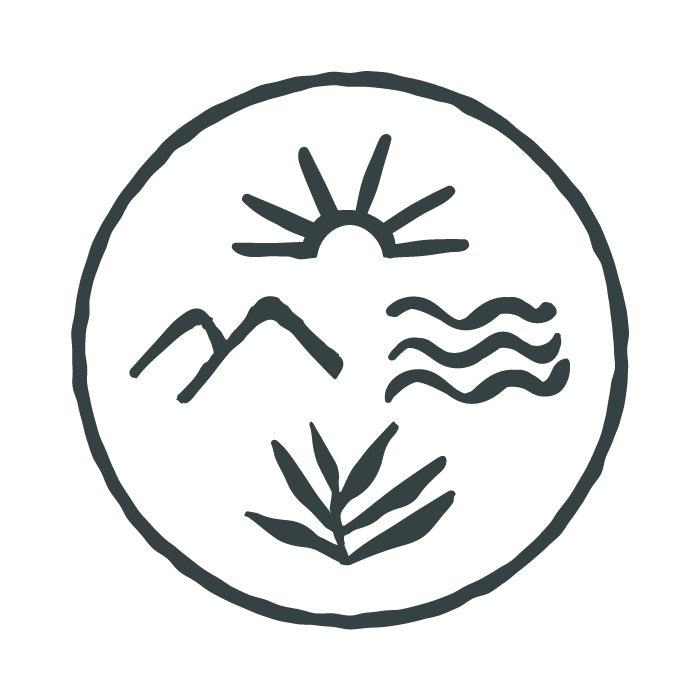
Trekking through the Nepalese Himalayas is at the top of most hikers bucket lists, and let me tell you – it will far surpass all your expectations. Hiking in this region is a truly immersive experience, sleeping at altitude, living simply and walking amongst nature’s giants. Trekking in Nepal is a once in a lifetime experience which will humble you, inspire you and leave you wanting more.
That being said, trekking in Nepal is not for the fainthearted. Preparing for a trip like this takes significant planning and foresight, and it can be a little overwhelming. Which is why I have created this article jam packed with need to know info, as well my comprehensive packing list. I hope these tips and insights, which are relevant to any trek in the Everest region, can make prepping for your adventure of trekking in Nepal a little smoother.
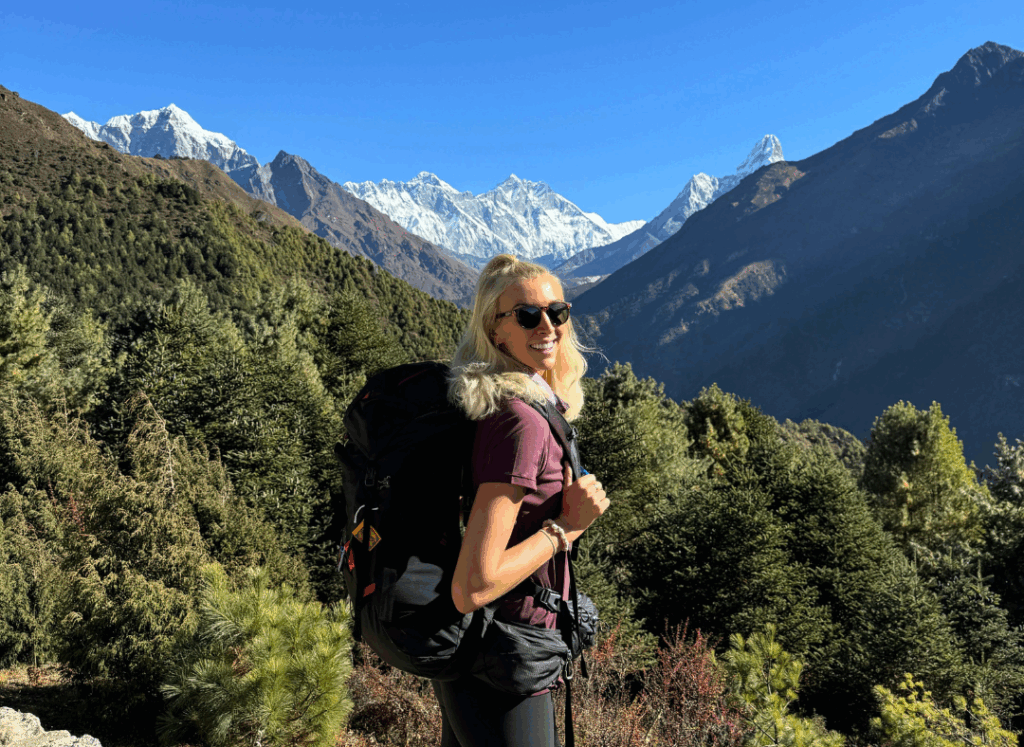
10 days
100km
Challenging
6160m
Simple rustic teahouses
September to November is ideal for trekking In Nepal (we went in November and got rewarded with beautiful blue skies, but it does make it even colder at night!). April and May are also popular, giving greener valleys but more crowds.
View my Comprehensive Packing Guide
So you might be thinking, why did you do the Gokyo Lakes trek and not the more famous Everest Base Camp route which is right next door? In short, we wanted to step a little off the beaten path, ascending to the same altitude and getting absolutely incredible views (some might say even better ones!) with a fraction of the crowds, and that is exactly what we experienced!
The Gokyo Lakes trek is also located in Sagarmatha National Park and shares a path with the Everest Base Camp route for the first 2 days before branching off after Namche Bazar. The trail winds through stunning valleys and passes through remote villages before bringing you out the highest freshwater lake system in the world, Gokyo Lakes. They are truly a sight to behold, bright turquoise blue, glacier fed and absolutely mind-glowingly beautiful, an ample reward for your efforts! But if you want to take it to the next level, I recommend summiting nearby Gokyo Ri (5360m) like we did. If you go early in the morning you can watch the sunrise over four 8000m peaks – Everest, Lhotse, Cho Oyu and Makalu. It is nothing short of incredible!
In my opinion, The Gokyo Lakes & Gokyo Ri trek is a great alternative option to Everest Base Camp. As an avid hiker, I would say it was the best trekking experience of my life – a pretty big statement! Even if you’re dead set on visiting EBC, I would recommend extending your trip to visit Gokyo (it only adds a few extra days) just so you can see the bright blue waters and enjoy the surrounding views.
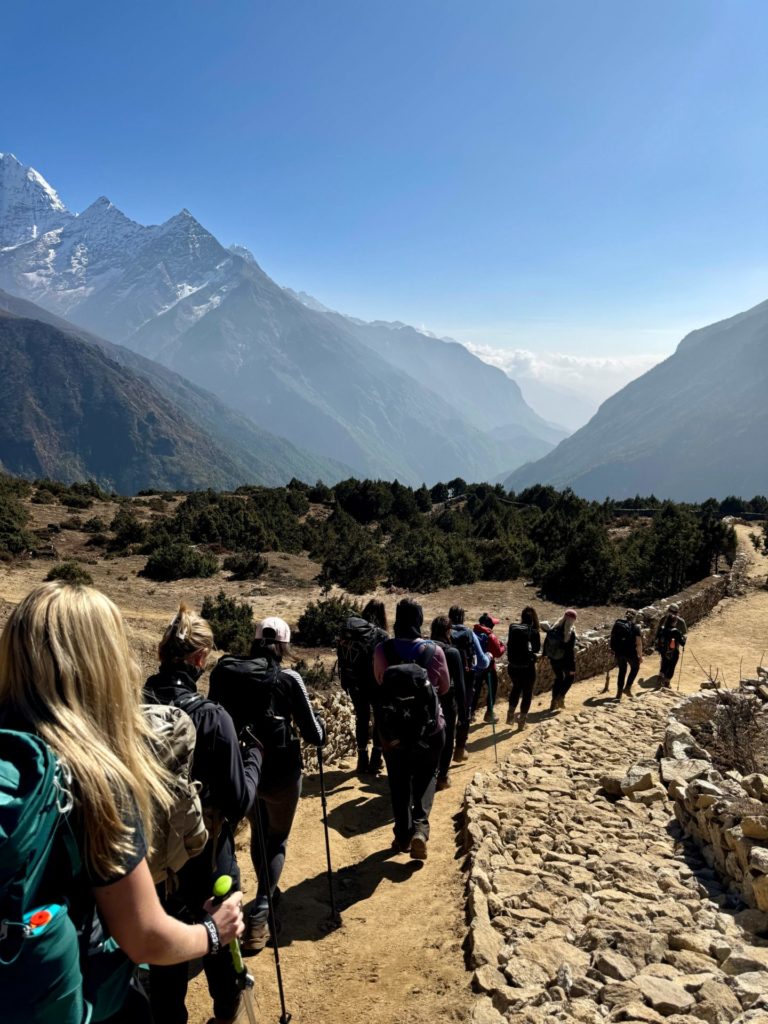
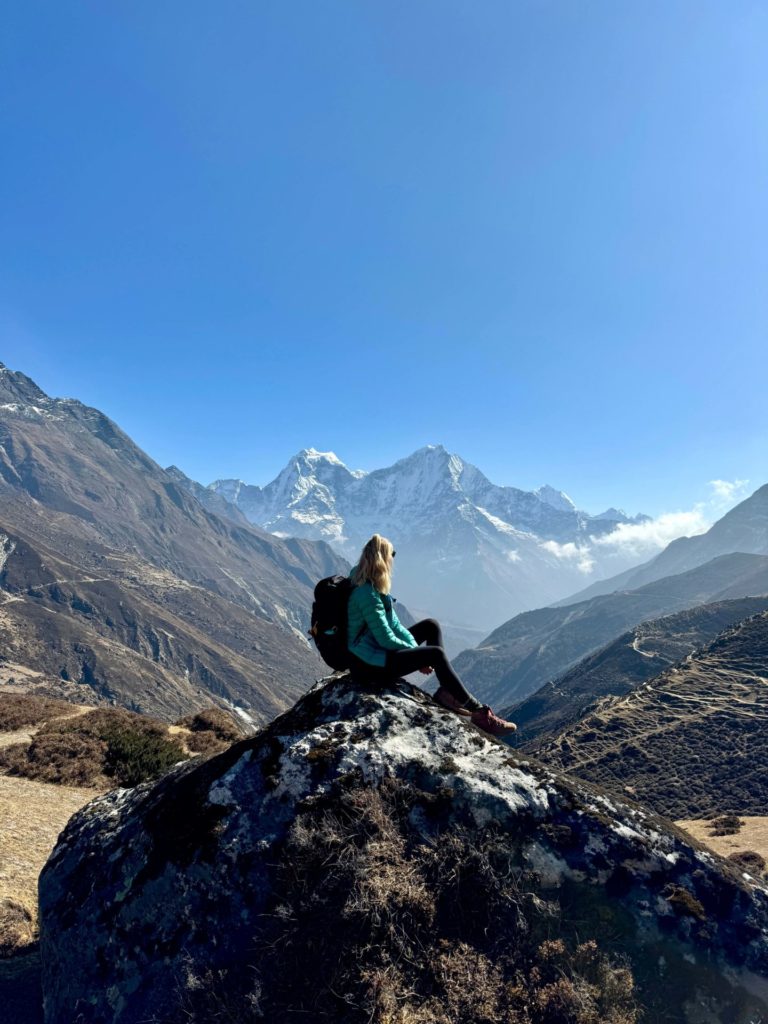

These tips are relevant to not only Gokyo Lakes and Gokyo Ri but any other hikes in this region of Nepal, such as Everest Base Camp or the Three Passes Trek.
Which leads to cracked skin, crusty lips and the notorious Khumbu cough. To avoid these issues, I recommend wearing a buff and covering your face from the dust (especially when donkeys and animals pass you on the trail) as well as carrying a nourishing lip balm or salve like pawpaw or nipple cream.
Altitude is the one thing you can’t necessarily train for and it can affect anyone. In order to reduce the risk of getting poorly whilst trekking In Nepal, follow the guidance of your crew, hike slowly, have acclimatisation days and stay hydrated. I also recommend consulting your medical professional and taking Diamox with you, I took it in both Nepal and Peru and found it super helpful. It doesn’t eradicate the affects of altitude completely but helps to manage them (whilst also giving you tingly fingers and toes!).
But manageable if you prepare for it! Use a good quality four seasons sleeping bag, a sleeping bag liner and fill a couple of Nalgene bottles with boiling water to cuddle at night. Merino wool base layers are a great option for pyjamas, try not to wear all your layers as it actually makes circulating the heat harder! I also recommend keeping your electronics and next days clothes in your sleeping bag so they stay warm, and don’t leave any liquids near the windows as they can freeze during the night.
While the vast majority of hikers will complete the trek without any hiccups, sometimes things do go wrong and you will need a solid travel insurance to helicopter you out of there in a hurry. I recommend using a company who covers high altitude hiking (up to 6000m).
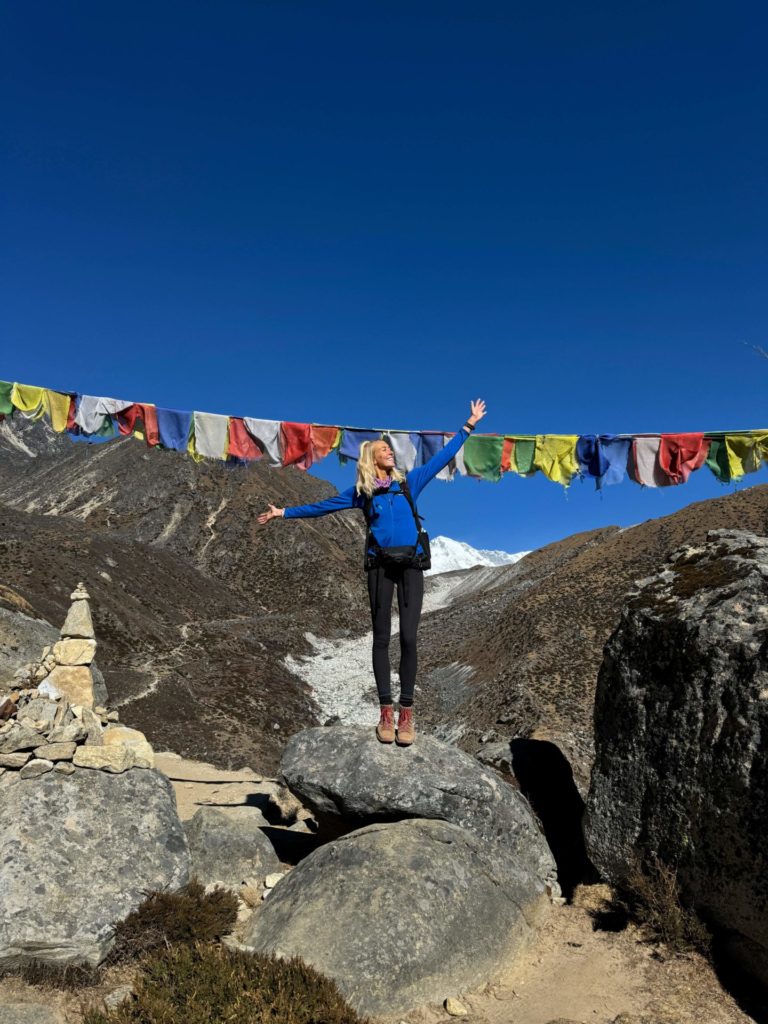
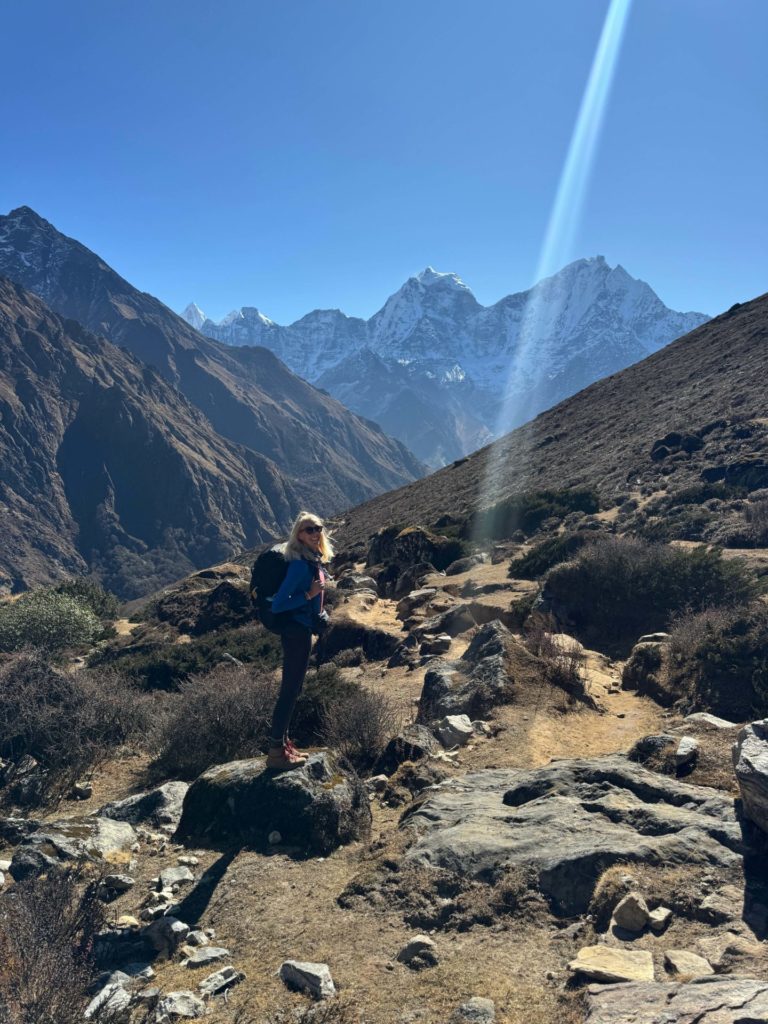
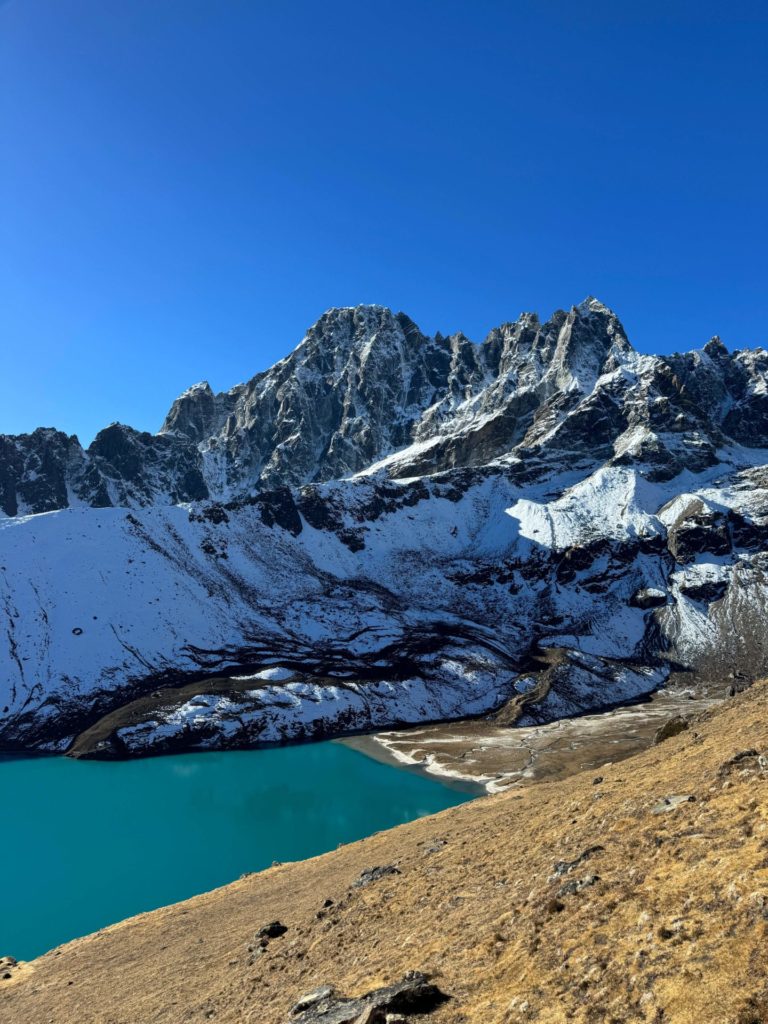
I was expecting little to no wifi and hardly any charging, but all the teahouses in the region offered these services for a price. As you get higher, fees increase and the signal can become patchy but if you need to get in touch with friend from home, its actually pretty speedy! Just make sure you bring plenty of cash.
Loads of tissues and loo roll are a must—you’ll use them up super fast, and they’re expensive on the mountain. Hand warmers are key; I was using two pairs a day—one in the morning and one in the evening. Squash drops or electrolytes are also essential, as they help cover the funky taste left by water sterilisation tablets.
As for gear, the conditions get tougher as you climb higher, and good-quality equipment makes all the difference. One item to prioritise is a thick down jacket—it’s super cosy and can be rented for a good price in Kathmandu. You can find my full packing list here.
I recommend avoiding meat, as no slaughter is allowed above Lukla so all the meat is hiked up which can lead to contamination and make you poorly. Bakeries are also dangerous places, with lots of outdated goodies. It is best to keep meals plain and carbohydrate-rich. Local dishes like Dal Bhat (lentil soup with rice) and plain Tsampa porridge (made with hot water, tea, and barley flour) are typically safe choices.
I mean, it is one of the most famous hiking regions in the world, so you aren’t going to have it to yourself! Personally, I found the sections of trail which we shared with EBC to be super busy but once we branched off onto the Gokyo Lakes trail it really quietened down and we saw very few hikers.
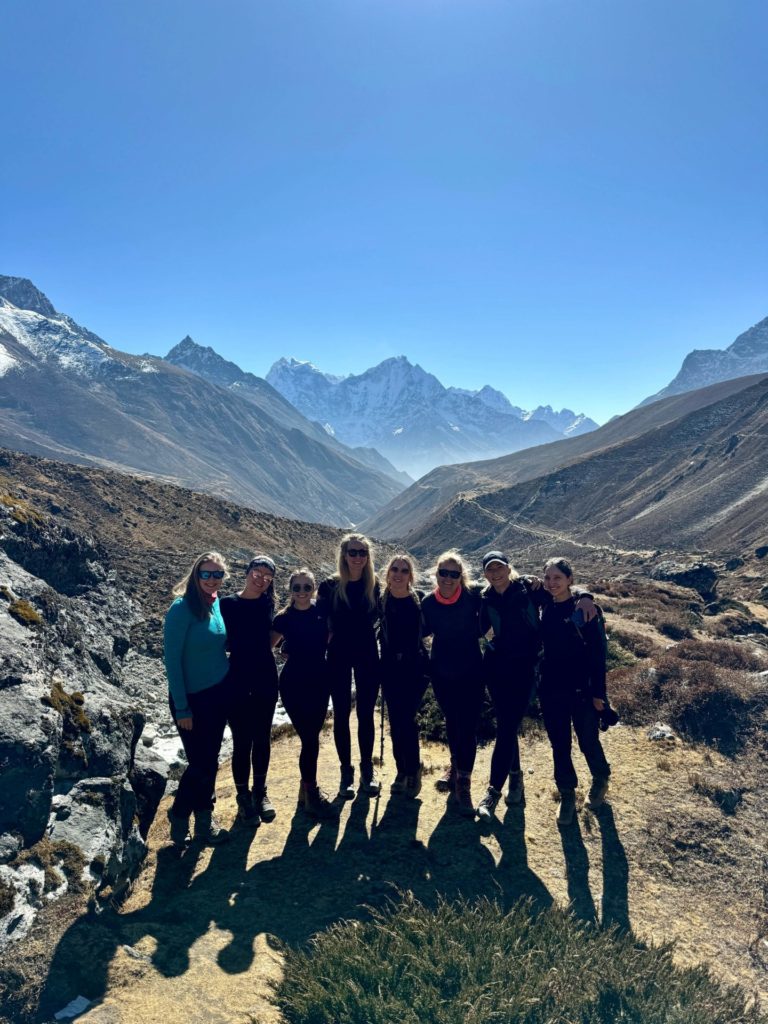
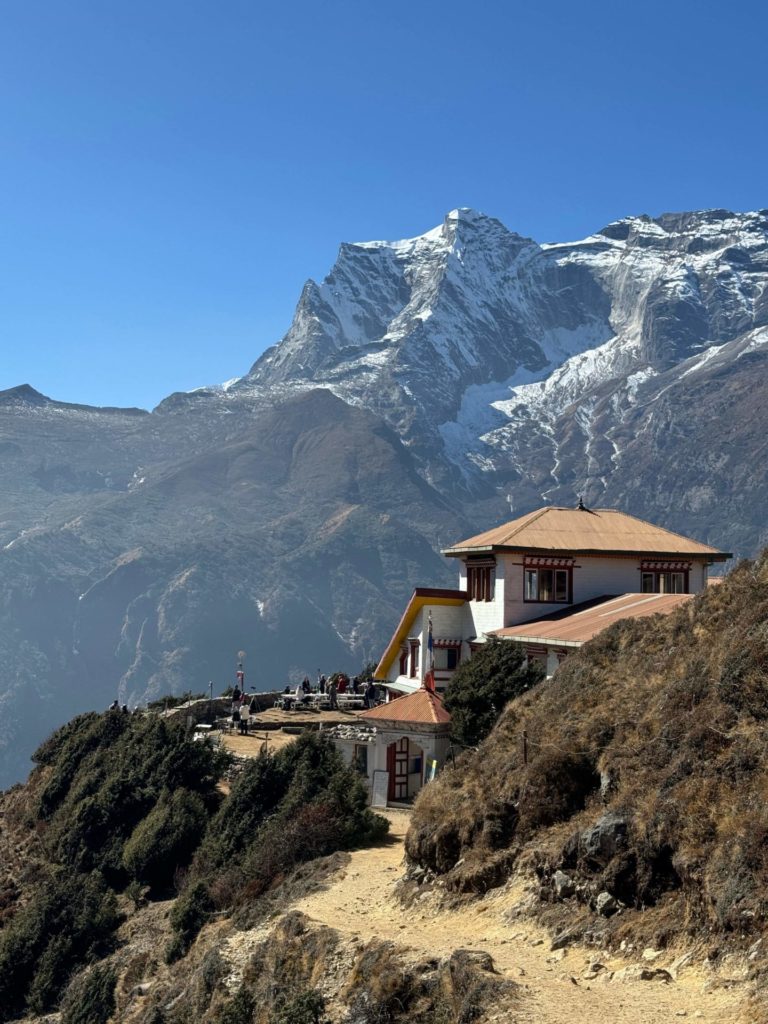
You can’t just rock up and do this trek without preparing physically. I recommend doing endurance cardio (such as running) in the months beforehand, as well as full body strength training to build a resilient body. It will make your experience a lot more enjoyable.
I thought I wouldn’t shower at all during the 9 day trek but I was pleasantly surprised. However, I managed to get one shower on the way up and one on the way down, both in Namche Bazar. I wouldn’t recommend showering at any higher altitude than that, as it is too cold and you will struggle to warm up, which can make you poorly.
If you’re flying in and out of Lukla airport, which pretty much everyone does who travels to this region, it’s wise to account for potential flight cancellation as they are super common. I also recommend budgeting around $500 for if you need to get an emergency helicopter out of there, which may happen if you can’t fly via plane for a few days.
Waste is a huge issue in the Everest region, and there is an amazing initiative called “carry me back” where every person who hikes back through Namche Bazar has the opportunity to pick up a kilogram of waste to carry to Lukla. This helps the local community overcome issues with access to transportation and recycling facilities, and supports a more sustainable tourism industry in the region. I highly recommend you get involved!
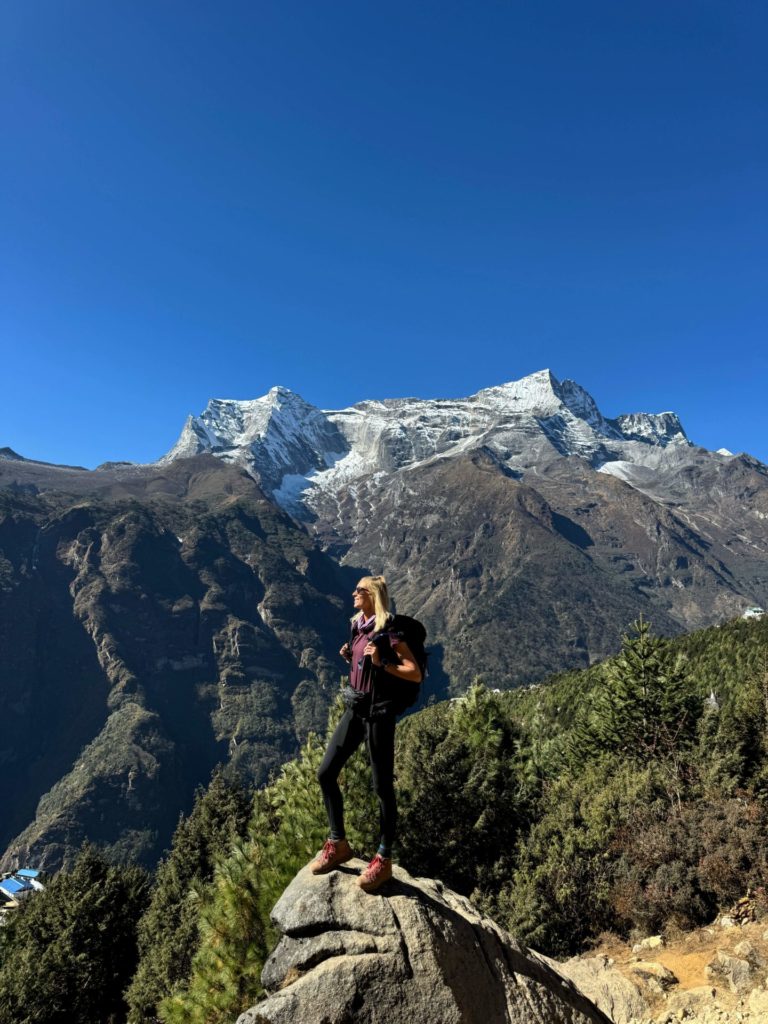
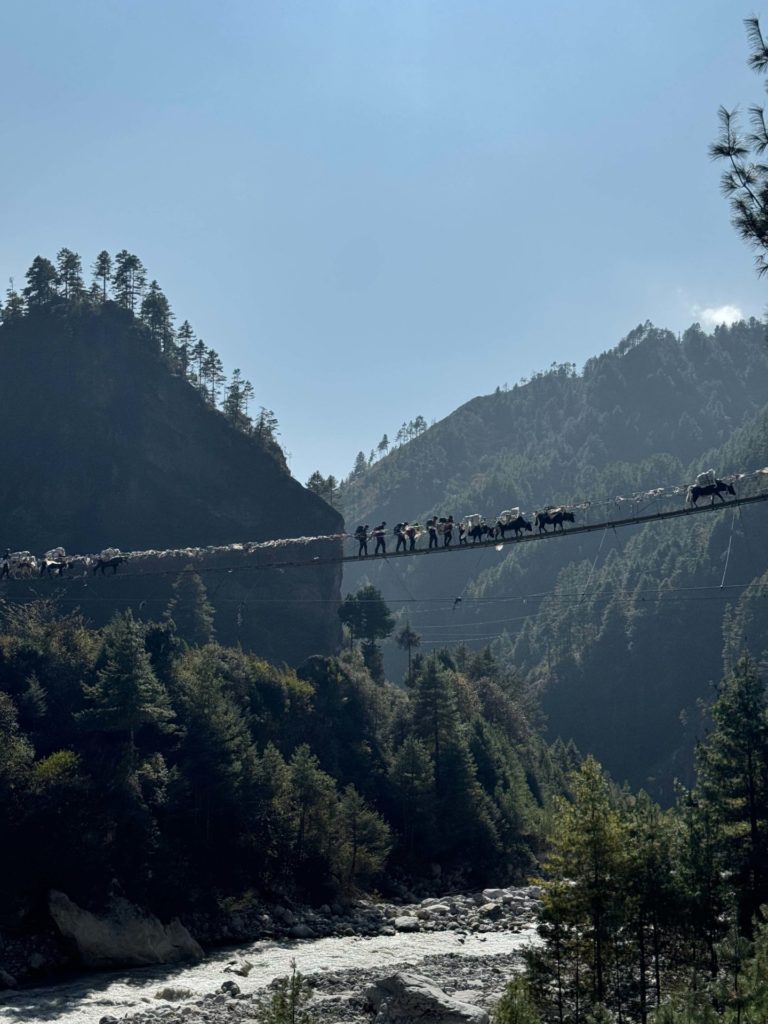
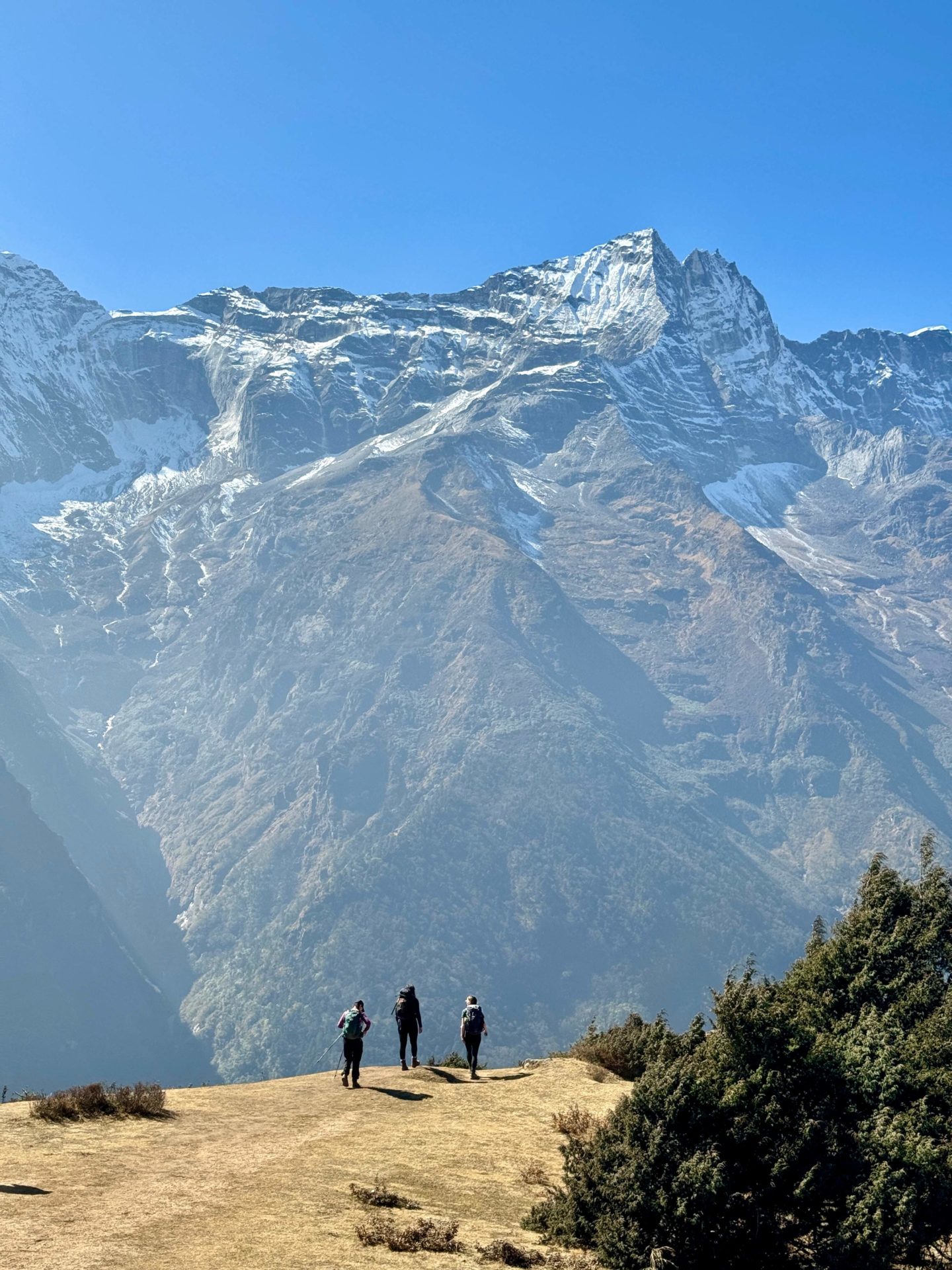
Let me slide into your inbox. A monthly newsletter of all the good stuff – latest posts and videos, rants and rambles, recommendations and resources.
Website Designed by Brogan Daisy Digital © Zanna Van Dijk 2025